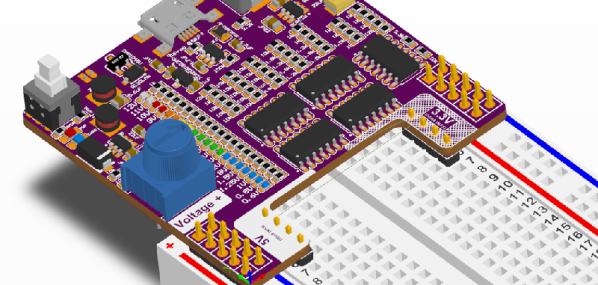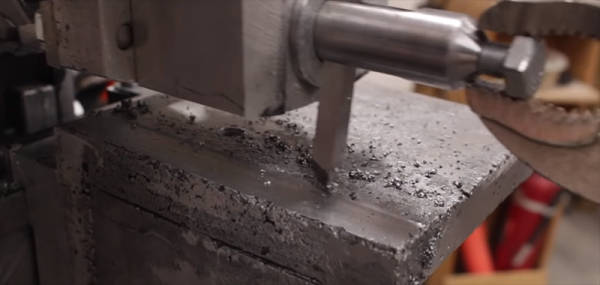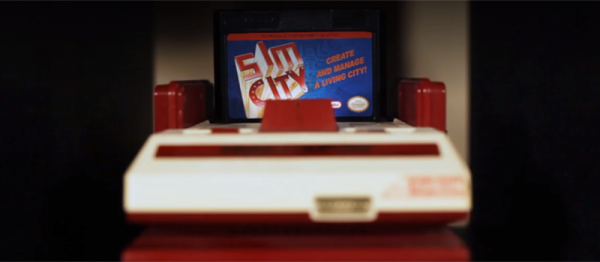A Russian company has developed a drone with a very interesting control scheme. It’s a VTOL fixed wing, that takes off like a bicopter, transitions to use wings for lift, flies around for half an hour or so, and then lands on its tail. This is a big ‘un; the reported weight is 50 pounds. Although the available footage really doesn’t give any sense of scale, we would estimate the wingspan as somewhere between four and five feet. Fixed-wing VTOLs are close to the holy grail of current drone science — wings actually generate lift, and VTOL means Uber can deliver McDonalds to your driveway.
What happens when you give an idiot a USB killer? $60,000 in damages. A former student at the College of St. Rose killed 59 computers with a USB killer, basically a charge pump that dumps a hundred or so volts back into a USB port, destroying the computer. Yes, you can just buy USB killers on the Internet, and yes you can film yourself zapping computers and posting the videos on social media. Both are dumb ideas.
This week was huge for the preservation of our digital culture. The source for the original Infocom games, such as Zork and Hitchhiker’s Guide to the Galaxy have been archived and released. This is a rather interesting development, as these games were written in Zork Implementation Lanugage (ZIL), a language that is used by no one and there’s almost zero documentation. Yes, we have the source, but not a compiler. It’s Lisp-ish, and there are people working to make new games in this language. Also this week is the release of the source for Leisure Suit Larry. Hackaday readers will be familiar with Leisure Suit Larry as the protagonist is a 38-year-old loser who lives in his mother’s basement. This game goes off the rails when the protagonist decides to leave the basement, but it was written a long time ago, and I guess Al Lowe didn’t foresee the Internet or something. Tip of the very fancy hat to @textfiles here.
You in Jersey? The Vintage Computer Festival East is May 3-5th, and it’s bound to be a grand time. Keynotes are by Steve Bellovin, co-inventor of USENET, Ken Thompson (!), co-inventor of UNIX, and Joe Decuir, co-inventor of the Atari VCS, Atari 800, and the Commodore Amiga. There’s also a Software Store (new this year), which we can only hope is like walking into Babbage’s. Protip: while you’re there, go up to Asbury Park and visit the Silverball Museum. It’s a whole lot of pinball.
For easier production and assembly of circuit boards, you should only place your components on one side. Doing so means you don’t have to flip the board and run it through the pick and place again, and you don’t have to worry about glue. This is a single-sided circuit board. There’s only one side. It’s a Mobius PCB, the flex-circuit version of a handmade circuit board made with a conductive pen.

















